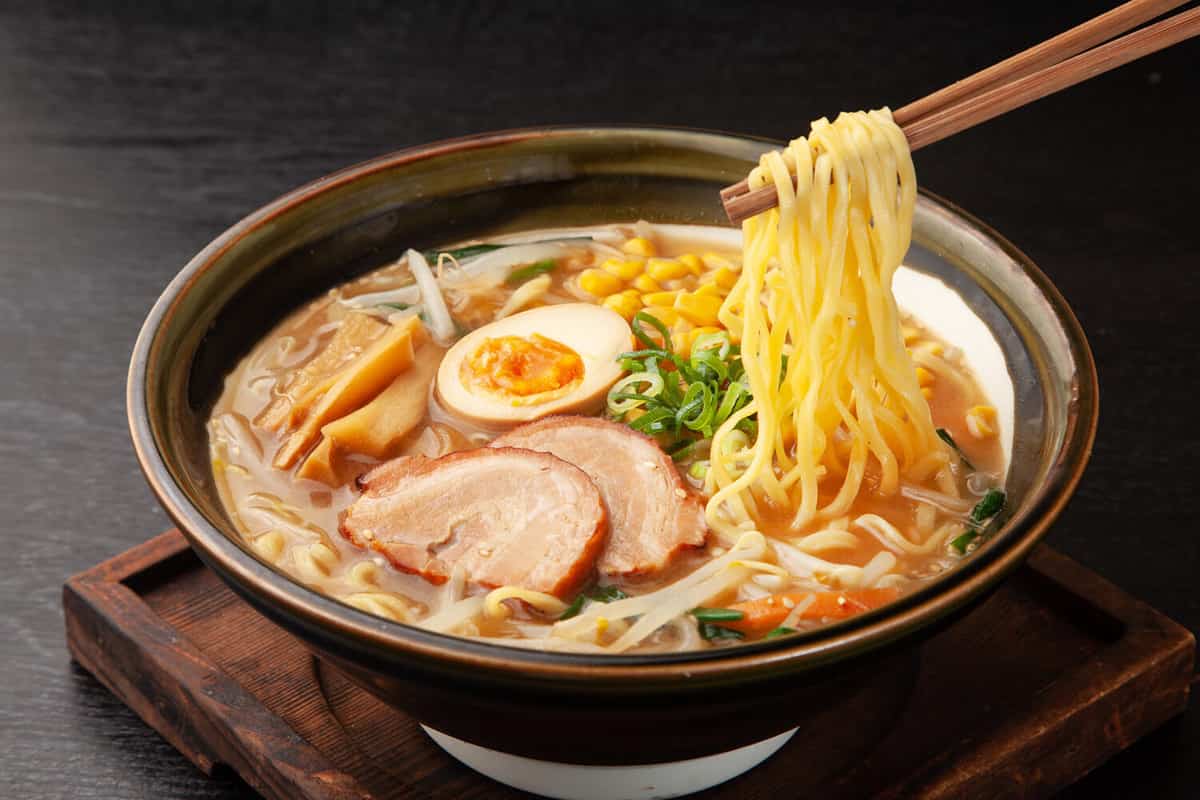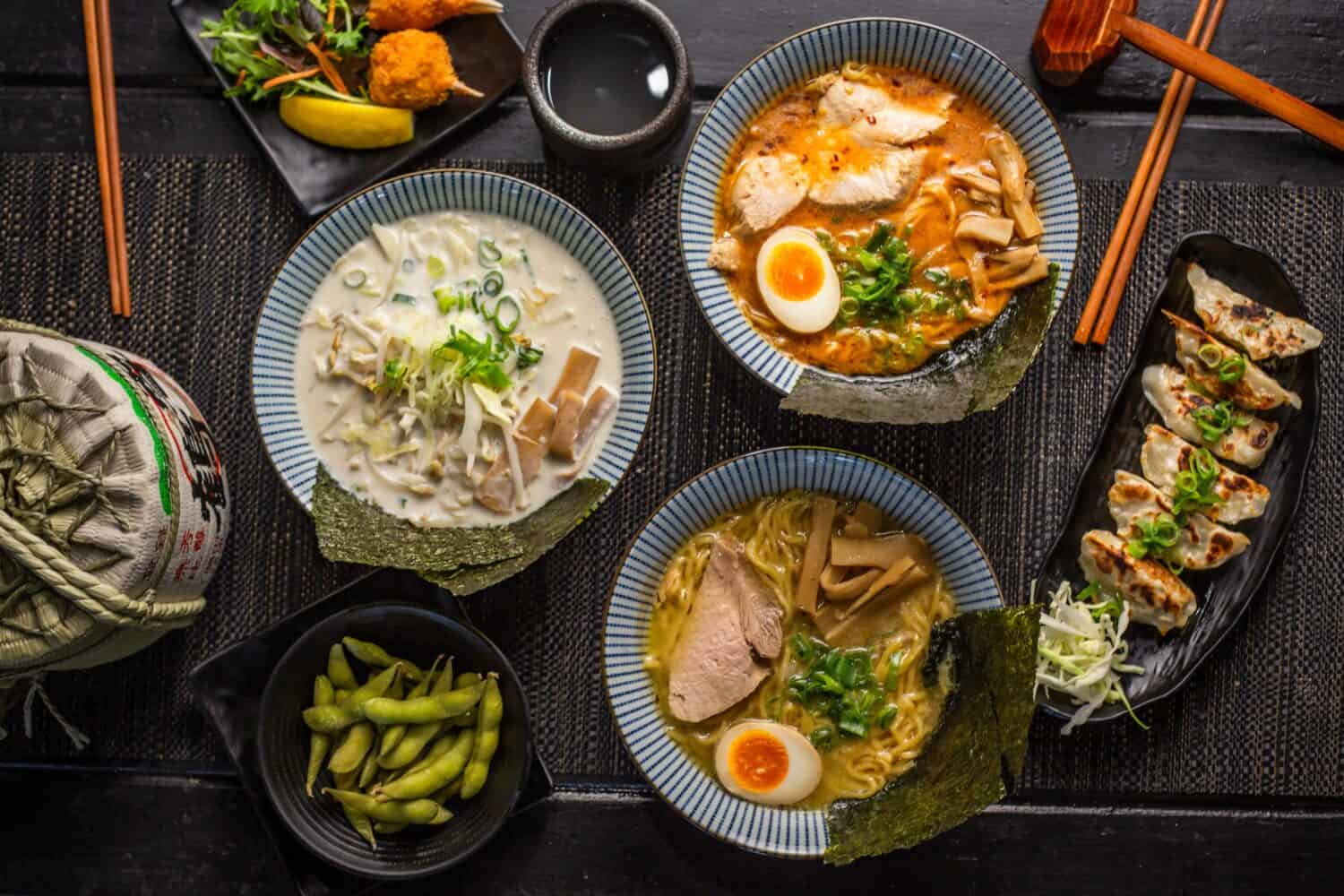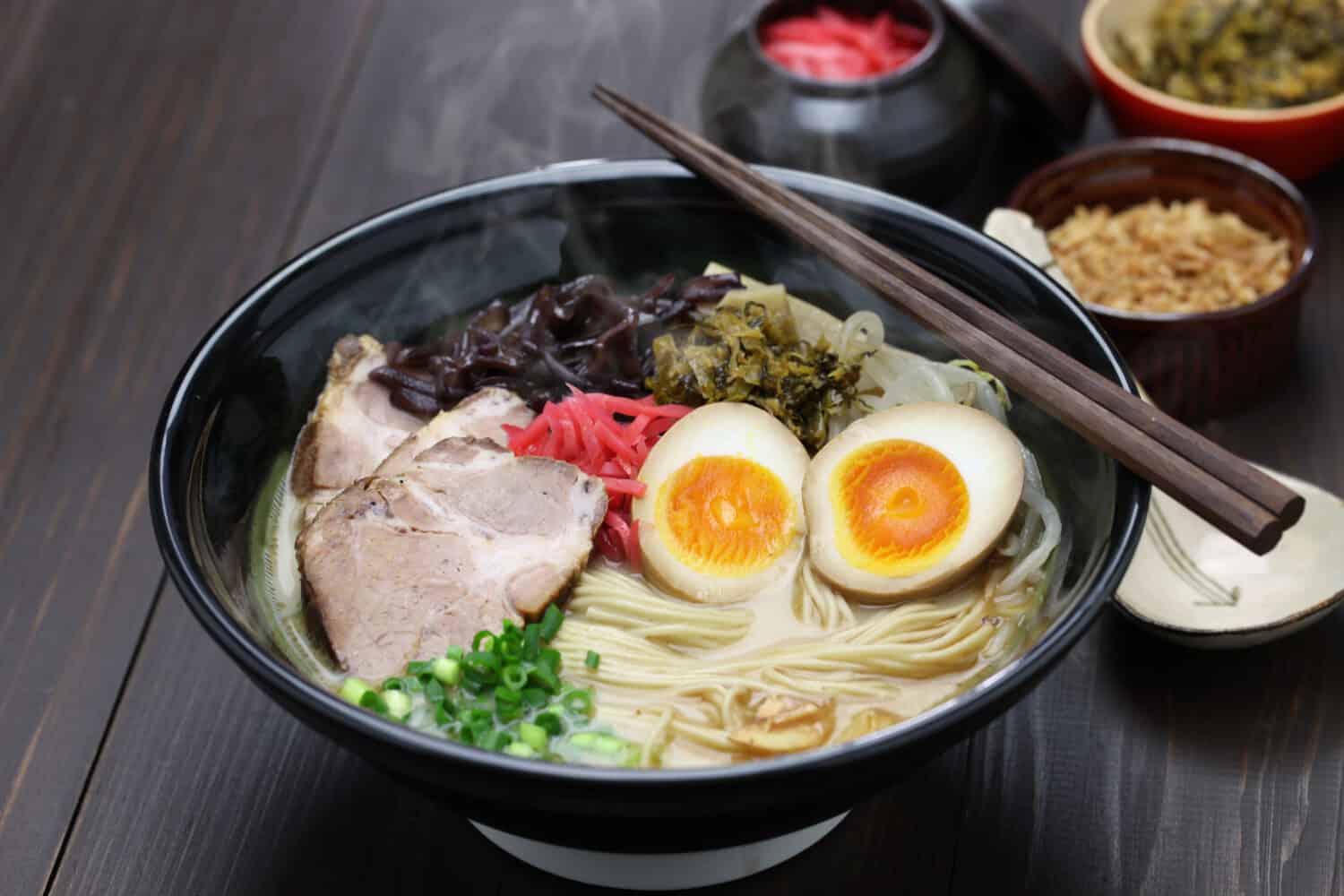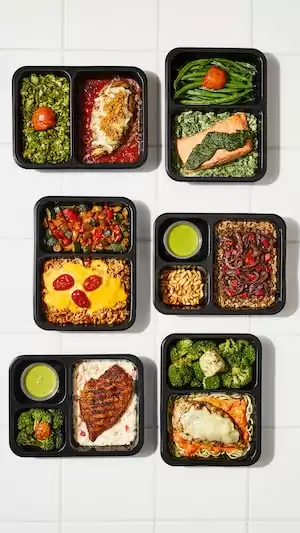For some of us, ramen elicits visions of vibrant, steaming bowls of broth topped with everything from sliced pork and soft-boiled eggs to baby bok choy, fresh mushrooms, and jalapeño. For others, the idea of Ramen conjures visions of nightly college dorm room fare in a Styrofoam cup, purchased for next to nothing and heated in the microwave. But is ramen healthy? As you can imagine, those two examples tend to land on opposite ends of the spectrum when it comes to health advantages and disadvantages. Let’s dig in and find out more about the science behind whether or not ramen is a healthy addition to your daily diet.

©sasazawa/Shutterstock.com
What is Ramen, and Where Does it Come From?
A Japanese noodle dish that is actually thought to originate in China, ramen has been around for a long time. While some sources trace its popularity to the early 2000s, its introduction to Japan's culinary scene goes back much further than that to the 1800s, when Chinese migrants brought over their traditional noodle preparation style, and it caught on in a big way. These days, ramen is found in a variety of forms and flavors throughout Asia and beyond.
Ramen’s true modern revolution came about in 1958 when a man named Momofuku Ando (who is now the namesake of David Chang’s series of restaurants) invented instant ramen. He discovered a method of flash-frying noodles that had been pre-cooked, then found a way to dry them so that they could easily and quickly come back to life when added to hot water. He is credited with the invention of instant ramen in a cup.
Fresh Ramen vs. Instant Ramen: What are the Differences?
Fresh, homemade ramen is essentially wheat noodles submerged in a broth flavored with various ingredients such as garlic, soy sauce, ginger, miso, furikake (a Japanese rice spice), and sesame oil. Additionally, the broth is generally chock full of protein and vegetables, with toppings ranging from hoisin to sriracha and chili crisp.
Instant ramen, comparatively speaking, is only similar in that it is a noodle soup. Unlike its fresh counterpart, it is a packet of pre-cooked, dehydrated noodles with an accompanying flavor packet.

©AuthorLinyt Photography/Shutterstock.com
What are the Health Advantages and Disadvantages of Ramen?
First things first. If we’re talking freshly made ramen, it most often contains some type of protein, along with fresh vegetables. That fact alone raises the bar. In general, ramen noodles don’t offer a ton of protein, fiber, or vitamins, yet they’re filling and heavy in calories.
On the other hand, instant ramen is its own beast. Though instant ramen noodles might offer iron and B vitamins, they don't offer fiber, protein, or other essential vitamins and minerals. Ramen packets most often contain a ton of sodium, MSG, and saturated fats, and instant ramen is preserved in a petroleum-based product that’s tough for our systems to digest. This is what helps maintain the ramen during storage, but it also exposes our bodies to chemicals that prevent us from consuming the nutrients our bodies need.
Additionally, there are reports of nausea and vomiting with overexposure to those chemicals, and some studies link frequent consumption of instant ramen with obesity and heart-related risks — particularly in women, for whom ramen noodles have been shown to increase metabolic syndrome. In fact, women who eat instant ramen noodles more than twice per week are supposedly 68% more at risk of developing metabolic syndrome, regardless of how active they are.

©bonchan/Shutterstock.com
Important Takeaways:
- Though it's exceedingly popular in Japan, we can trace ramen's origins back to China.
- There's a huge difference between fresh ramen and instant ramen, and the health benefits differ greatly, too!
- Instant ramen has a significant amount of sodium, saturated fats, MSG, and chemical additives.
- Studies show that frequent consumption of instant ramen can lead to a higher risk of heart issues and obesity.
- Fresh ramen is more nutritious than Instant ramen based on the proteins and vegetables that are added to the dish.
The image featured at the top of this post is ©bonchan/Shutterstock.com.
